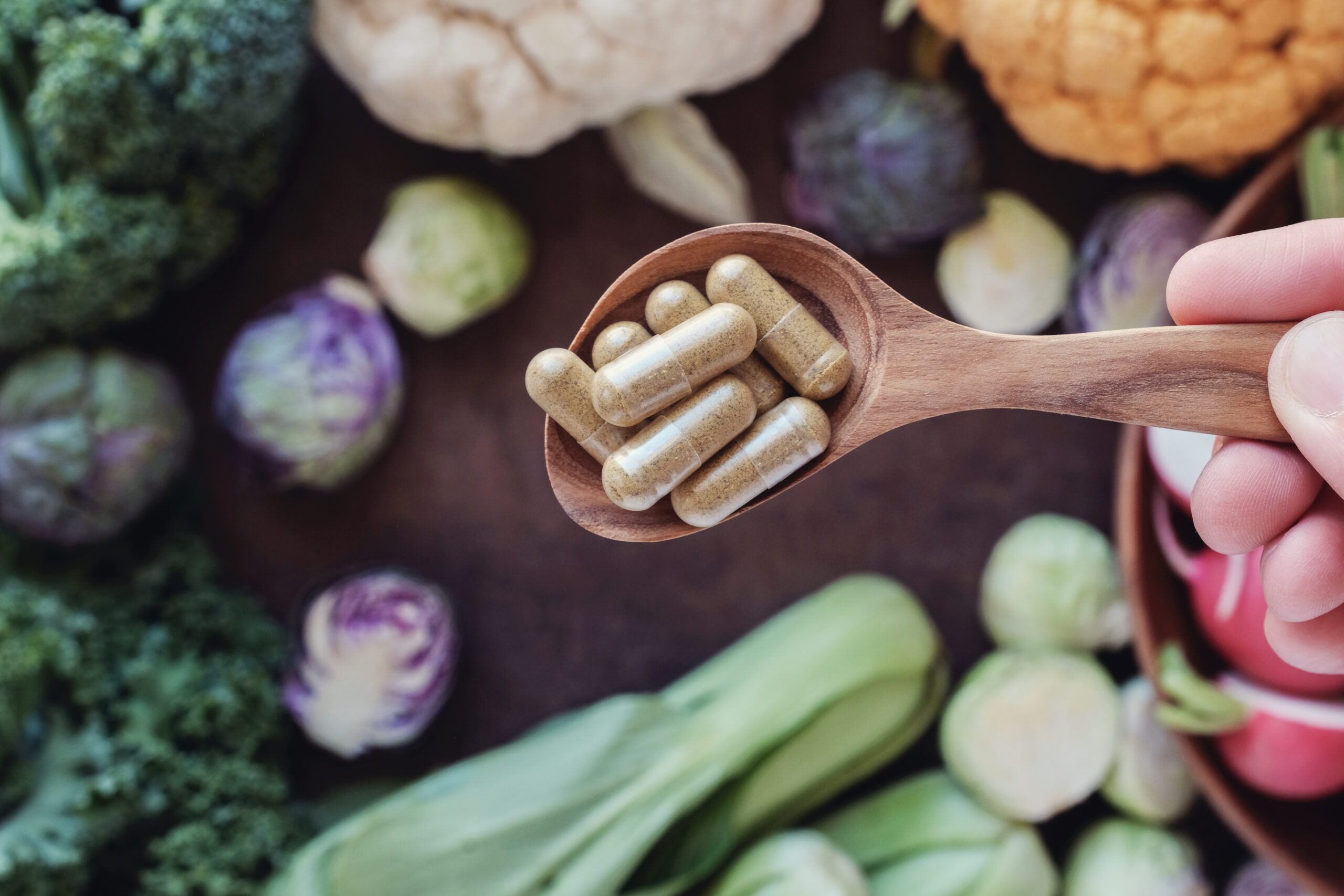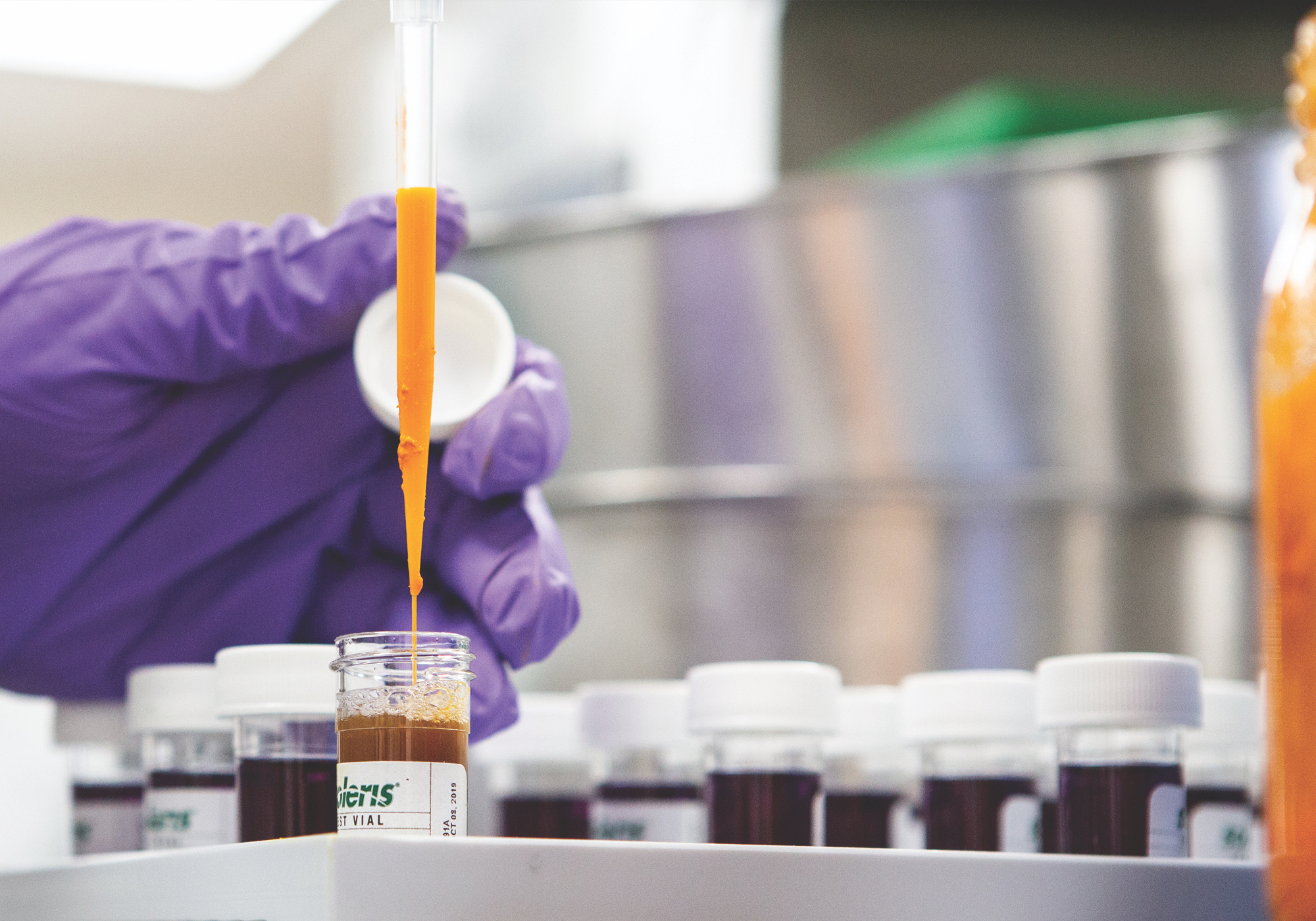Scientific name:Vitex agnus-castus
Constituents:
- Iridoid glycosides (agnuside, aucubin & eurostoside)
- Labdane diterpenes (rotundifuran & 6ß,7ß-diacetoxy-13-hydroxy-labda-8,14-diene)
- Flavonoids (apignenin, casticon, orientin, isovitexin & vitexin)
- Alkaloids (viticin)
- Fatty acids (linoleic)
- Volatile oils (cineole, sabinene, limonene & camphene)
Medicinal actions:
- Anaphrodisiac
- Emmenagogue
- Galactagogue
- Reproductive Tonic
- Uterine tonic
Mechanism of Action & Pharmacology:
- Mechanism by which Vitex exerts therapeutic effects has not yet been fully elucidated, and no constituent found in Vitex has intrinsic hormonal activity. Through synergistic effects it appears to stimulate/normalize function of the pituitary gland and the activity of female sex hormones by the ovaries. Early research believed that Vitex increased the production of progesterone from the corpus luteum by stimulating the release of LH from the anterior pituitary. However, more current research provides the understanding that dopaminergic activity is most responsible for therapeutic effects in relation to gynecological conditions, many of which may be related to high prolactin levels, as increased prolactin inhibits corpus luteal development, thereby indirectly reducing the secretion of progesterone in the luteal phase of the menstrual cycle.
- Influence on female reproductive functions appears largely (though not solely) based on its dopaminergic compounds, including fatty acids (linoleic) & labdane diterpenes (rotundifuran), which appear to inhibit prolactin secretion from pituitary cells by selectively binding to dopamine D2 receptors, such that the release of luteinizing hormone (LH) and follicle stimulating hormone (FSH) from pituitary cells is not affected, while increasing corpus luteum growth & progesterone levels in the body. In this way, through its action on the pituitary gland, Vitex may help correct progesterone deficiency by supporting the normal development of the corpus luteum once the inhibiting effect of elevated prolactin is removed. Note: Inhibition of prolactin secretion from the anterior pituitary occurs in a dose-dependent manner. At high doses (about 20 times normal dosage) an inhibition of all gonadotrophic hormones and growth hormone may result, potentially inhibiting all aspects of anterior pituitary function.
- Flavonoids (agnuside, aucubin, casticin) do not show any inhibitory effects on prolactin. In vitro studies have demonstrated estrogen receptor binding for apigenin & linoleic acid, and some clinical trials have demonstrated an increase in both progesterone and estrogen when treating latent hyperprolactinemia. Flavonoids (methoxylated flavones) have also demonstrated anti-androgenic effects in vivo and may be partly responsible for beneficial effects in acne.
Pharmacy:
- Decoction
- Tincture
- Capsules (standardized to diterpenes)
Safety & Toxicity Concerns:
- Avoid prolonged use of high doses as can inhibit all aspects of anterior pituitary function, resulting in decreased pituitary, adrenal and uterine function. Can also decrease libido in both women & men.
- Potential to cause allergic reactions, feelings of formication, headache, CNS disturbance (depression, dizziness, vertigo, headache), tachycardia, and digestive upset.
- Pregnancy & lactation (controversial). Use with caution in pregnancy and only in the early stages for insufficient corpus luteal function.
- Use caution in hormone sensitive disorders, estrogen-dependent cancers, seizure disorders, Parkinson’s, and history of tachycardia.
Interactions:
- Avoid concomitant use with HRT (Progesterone medications, the contraceptive pill) and dopamine receptor agonists or antagonists, as may have antagonistic effects.







